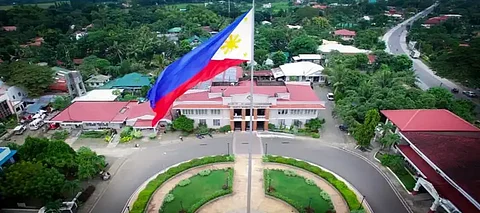

As the United States proudly celebrates its 249th Independence Day on July 4, many may wonder: is there any other nation that shares this historic date? The answer is yes—the Philippines, a Southeast Asian archipelago with a deep and complex history intertwined with America, once celebrated its independence on the very same day.
On July 4, 1946, the Philippines officially gained full sovereignty from the United States, ending nearly five decades of American colonial rule. This date was deliberately chosen by the US government to coincide with America’s own Independence Day, symbolizing the transfer of power and the “civilizing mission” the US claimed to have undertaken in the islands.
The grand ceremony in Manila was a spectacle of flags, military parades, and dignitaries. General Douglas MacArthur, who had led the liberation of the Philippines from Japanese occupation during World War II, stood alongside Manuel Roxas, the first president of the independent Republic of the Philippines. As the American flag was lowered and the Philippine flag raised, church bells rang out, and a 21-gun salute echoed across Manila Bay.
However, the choice of July 4 as Independence Day was not without controversy. Many Filipinos felt the date symbolized continued American influence rather than true liberation. Intellectuals and nationalist leaders spoke of an “unfinished revolution,” arguing that the Philippines’ real independence began when Emilio Aguinaldo declared freedom from Spanish colonial rule on June 12, 1898.
This sentiment gained momentum in the late 1950s and early 1960s, especially after the US Congress initially rejected a war damages compensation bill for the Philippines. In response, President Diosdado Macapagal issued a proclamation in 1962 officially moving the country’s Independence Day to June 12, Two years later, the Philippine government legally renamed July 4 as Republic Day, a day to commemorate formal independence from the US, but no longer as the primary independence celebration.
While June 12 is now the Philippines’ official Independence Day, July 4 remains a significant historical date, observed as Philippine Republic Day or Philippine-American Friendship Day. It serves as a reminder of the complex colonial past and the enduring ties between the two nations.
The shared July 4 date underscores a unique chapter in world history—a story of colonialism, war, liberation, and evolving friendship between two democracies. As the US celebrates its 249th birthday, the Philippines reflects on its own journey to freedom, marked by both shared celebrations and a quest for a distinct national identity.
No other countries officially mark July 4 as their independence day, making this date uniquely significant for these two nations. Yet, July 4 celebrations inspired by American culture are held worldwide—in Denmark, Norway, Ireland, and Australia—showcasing the global cultural reach of the American Independence Day spirit.